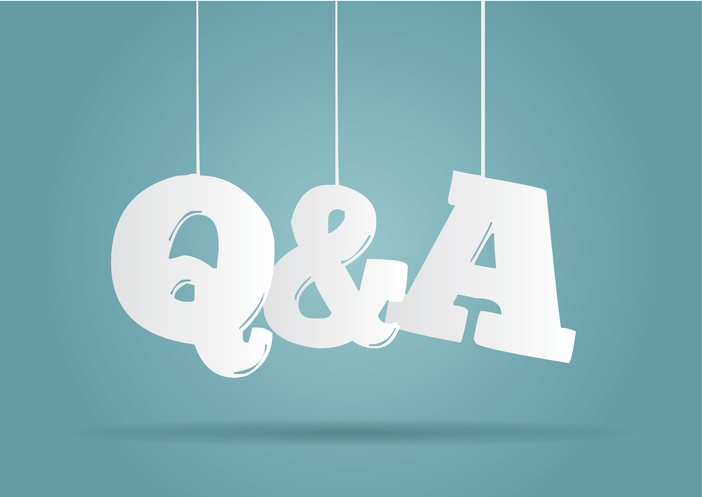
Those of us at Esker continually aim to help others use document process automation and similar tools to make their businesses run more efficiently. We recently held a Live Question and Answer session that focused on your most craved questions regarding customer service department metrics and key performance indicators.
Bill Gessert, President of the International Customer Service Association (ICSA), joined us for this exclusive session. He has years of progressive responsibility within both the Association and Customer Experience industries. Bill also has expertise in business development, strategic planning and execution, customer experience, training and coaching.
Esker’s very own, Howie Hahn, also joined the session as he explained how tracking customer service performance can help you identify other downstream organizational impacts, such as the ability to scale and support business growth.
In our live session we pointed out three particular KPI’s to measure, and ones you’ve perhaps ignored too often.
Top Three KPI’s to Measure in Your Metrics
Key performance indicators tell you everything you need to know about what’s happening in your customer service department. Yet, with so many available, which ones should you pay attention to over others that look important?
Customer Satisfaction Score
This is one of the most important because it gives you a consolidated number telling you whether what you’re doing is truly working. It doesn’t involve just one source either and can range from a Net Promoter Score to group surveys.
In the case of the Net Promoter Score, you’re given a simple 1-10 score that determines how likely your customers are not only to remain loyal but how likely they are to give the ultimate gift of a referral. This ranges from detractors on the low end to promoters on the high end. However, we pondered whether it truly goes deep enough to analyze customer responses.
Gessert pointed out CSAT surveys, focus groups, and survey forms are worth trying in gaining a good idea of what customers want. Surveys are important to do immediately after a transaction. You still need to set a realistic time frame and clearly indicate how many questions you ask.
Setting and Adhering to a Service Level Agreement
With service level agreement metrics, you can determine a lot about how you’re living up to service contract promises. You’ll want to measure your average speed to answer customer requests, and how well you execute first calls and handling time.
Reading these metrics helps you analyze how well your staff performs in their customer service roles.
Availability Metrics
Another aspect discussed in the session was how available your customer service staff is. Here, you need to study the effort level in how your staff resolves customer problems. Studying this helps you examine how you can increase customer loyalty.
Using Customer Effort Scores was also discussed, and Gessert mentions companies need to respond to customers 85% of the time to retain loyalty.
Increasing Visibility
After a discussion on growth and how using metrics helps with future ROI, we went into discussing the visibility side of a business. To empower your employees, Gessert noted three things to uphold more visibility: Send out a newsletter from internal departments with success stories and other highlights; Award and reward your employees to entice them to keep their performance level up. Leveraging awards is a great sales tactic; Place your C-Suite in the role of a secret customer or shopper. They’ll know what day-to-day activities are like with your team.
We invite you to listen to our recorded version of our webinar to help you decide whether your metrics should become tactical or strategic.
